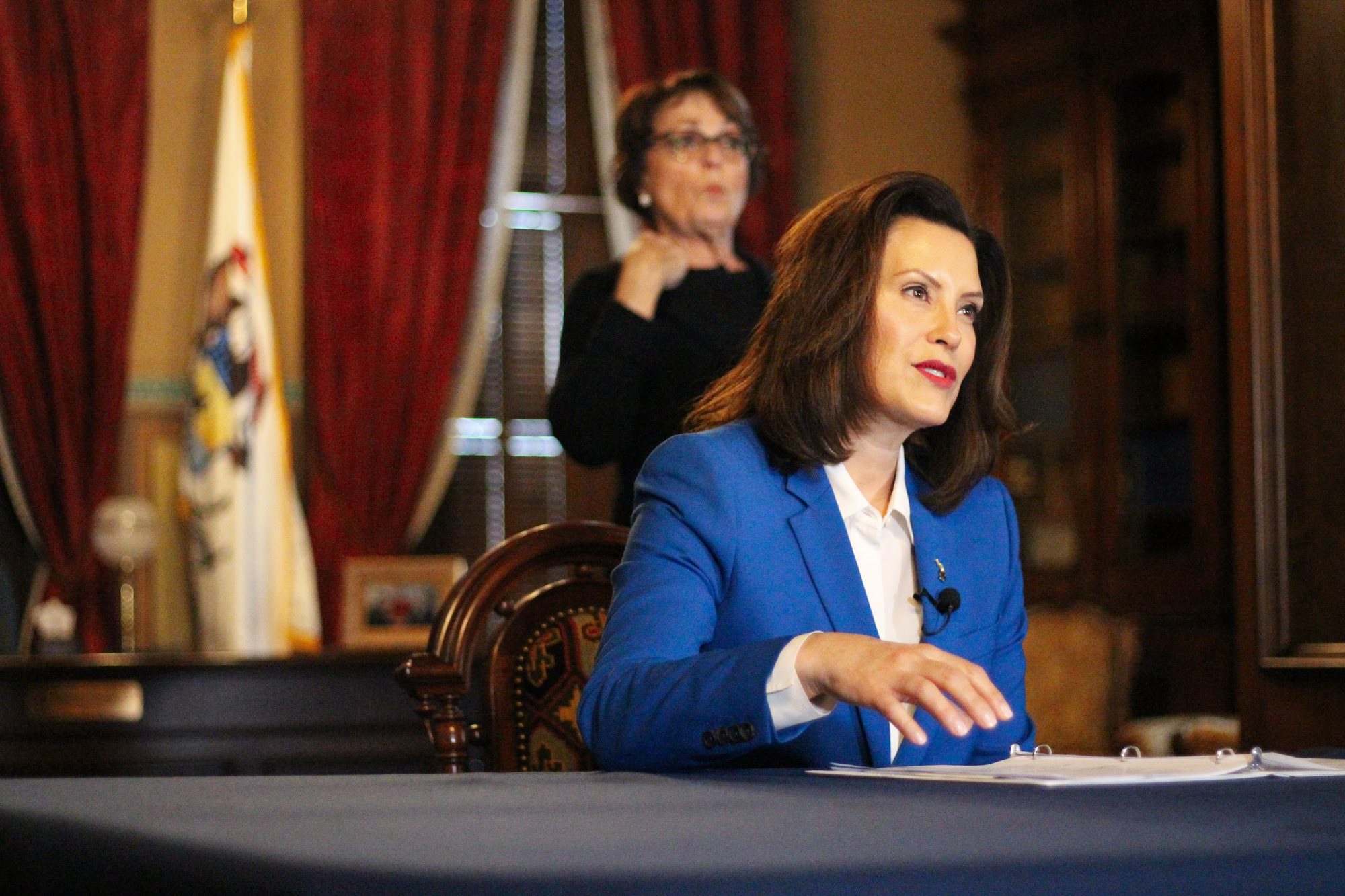By Lindsey Schibelhut, Staff Reporter.
Little is known of the hardships and thoughts of the founders when drafting the Constitution. In honor of Constitution Day, Delta and Gem Theatrics hosted the play “My Dearest Friend” on Wed. Sept. 16 in the lecture theatre with the hopes of bringing the accounts of U.S. President John Adams and his wife Abigail to life.
“We have been recognizing Constitution Day since 2004,” says Associate professor of management and coordinator of the legal support professional program, Heidi Helgren. “But every year a different event or program takes place. This is the first time that ‘My Dearest Friend’ will take place at Delta College.”
“My Dearest Friend” chronicles the letter correspondences between John and Abigail Adams – giving an intimate view of their thoughts throughout the American Revolution and the enduring love they felt for one another. The play itself is told through memories replaying within the mind of John Adams after Abigail’s passing in 1818. Written by Mary G. Kron, John Adams was played by Gary E. Mitchell, while Abigail Adams is played by Mitchell’s wife, Mary Beth Quillin.
As the lights fall, John Adams walks across the stage to sit at his desk. With a blanket draped across his shoulders, he begins to read a letter to his beloved Abigail by candlelight. As John begins to read, Abigail comes into view on stage and their dialogue begins. Some of the subjects they talked about were: George Washington, Congress, the Boston Massacre, female education and also slavery.
Abigail states in regards to slavery, “I’m sometimes ready to think the passion for liberty cannot be equally strong in the hearts of those who are accustomed of depriving their fellow creatures of theirs – of this I’m quite certain. It is not founded in that generous and Christian principle of ‘Doing unto others as we would have others do unto us.”
During the Revolutionary war period John and Abigail were able to share over 1,000 letters with each other. Abigail was always an outspoken proponent of women’s rights and the rights of African Americans, which the quote above demonstrates.
The minimal set consisted of John and Abigail’s candlelit writing desks being on opposite sides of the stage, with a chest filled with letters sitting in the center. What tied everything together was the cast’s wardrobe. All the costumes used were hand-made by Mary Beth Quillin.
“I’ve always been a history person; American history up through the reconstruction is an era I’m really fascinated with,” states Mitchell, “for some reason from my earliest days I was drawn to John Adams. Maybe it was the fact that he couldn’t be compromised, maybe it was the fact that he was a tremendous success during the revolutionary process and became less a success as president and I think that’s an interesting dynamic.”
Mitchell said that he and Quillin enlisted the help of Kron to write the play. Kron had read hundreds of letters and eventually color coded them by topic.
“It took three weeks for a letter to get from Boston to Philadelphia and back,” explains Mitchell, ”And it took sometimes months to get a letter from across the Atlantic Ocean when John was in France or Amsterdam. So she [Abigail] would would write him [John] a letter and ask him a question and he would answer it but it would be months before she would get the answer back. So what Mary did was take the letters that dealt with the same topic and color coded them and put them together just as if they were a conversation to eliminate the six month time frame.”
By the end of the night, both Mitchell and Quillin explained what their hopes are for audiences at the end of each show.
“I hope they learned a whole lot more about American history than they would ever have learned in history class,” says Quillin, “That our founding fathers were human beings, that they had passions and love and families and that they still soldiered on and did the work of building this country. When we tend to think of them as those faces on Mount Rushmore and they really weren’t, they were very human.”
Mitchell concludes, “People gave up their lives and their fortunes and their sacred honor to craft this nation,” he explains. “John and Abigail didn’t see each other for months, sometimes years at a time. And they weren’t the only couple; they’re just the couple we know the most about because they saved all of their correspondences. Every founding father has that story of struggle and sacrifice we just don’t know them all.”
